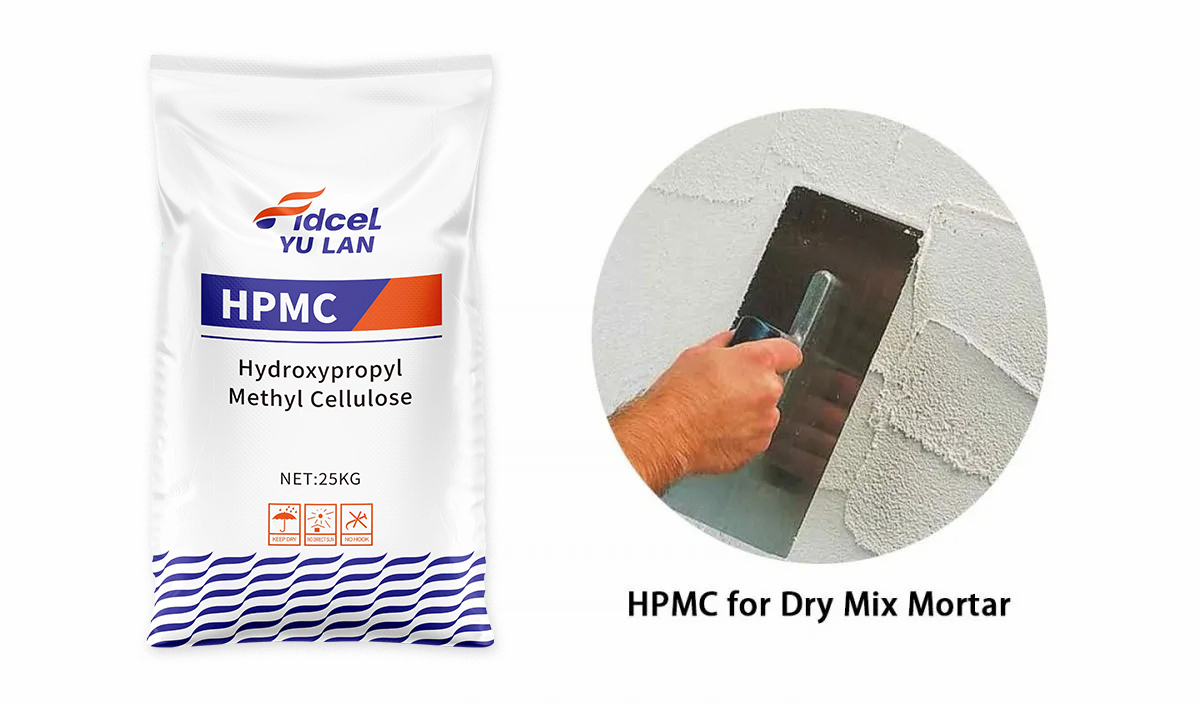In ready-mixed mortar, hydroxypropyl methylcellulose is a major additive that is added in very low amounts but can significantly improve the performance of wet mortar and affect the construction performance of mortar. Reasonable selection of hydroxypropyl methylcellulose of different varieties, different viscosities, different particle sizes, different viscosity degrees and addition amounts will have a positive impact on improving the performance of dry mortar.
The production of hydroxypropyl methylcellulose is mainly made of natural fibers through alkali dissolution, grafting reaction (etherification), washing, drying, flooding and other processes. In the production of building materials, especially dry mortar, hydroxypropyl methylcellulose plays an irreplaceable role, especially in the production of special mortar (modified mortar), it is an indispensable and important component. Hydroxypropyl methylcellulose plays the role of water retention, thickening, delaying cement hydration power, and improving construction performance. Good water retention capacity makes cement hydration more complete, which can improve the wet viscosity of wet mortar, increase the bonding strength of mortar, and adjust the time. Adding hydroxypropyl methylcellulose to mechanical spray mortar can improve the spraying or pumping performance of the mortar, as well as the structural strength. Hydroxypropyl methylcellulose is being widely used as an important additive in ready-mixed mortar. The cellulose ethers used in ready-mixed mortar are mainly methyl hydroxyethyl cellulose ether and methyl hydroxypropyl fiber. Plain ethers, they occupy more than 90% of the market share.
Post time: Sep-25-2023

